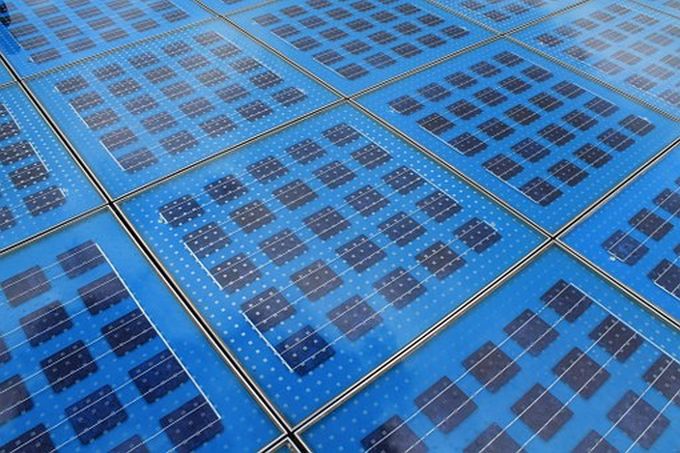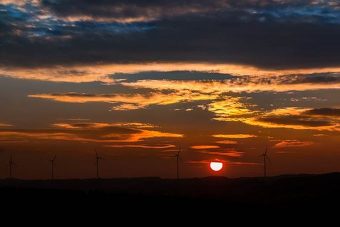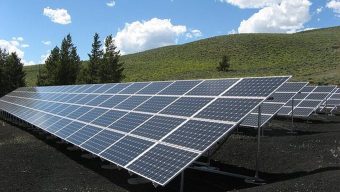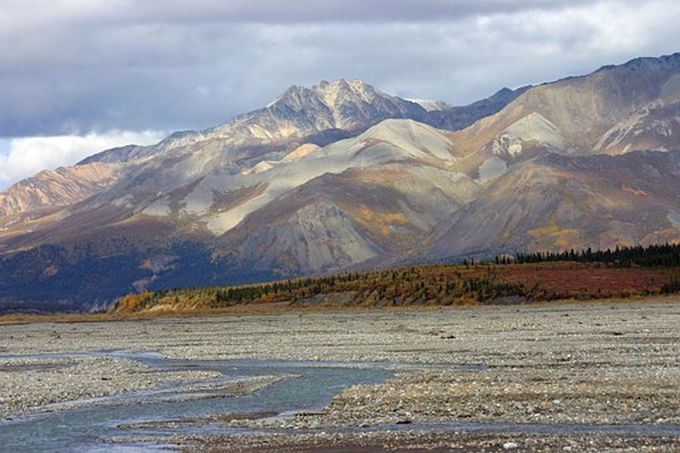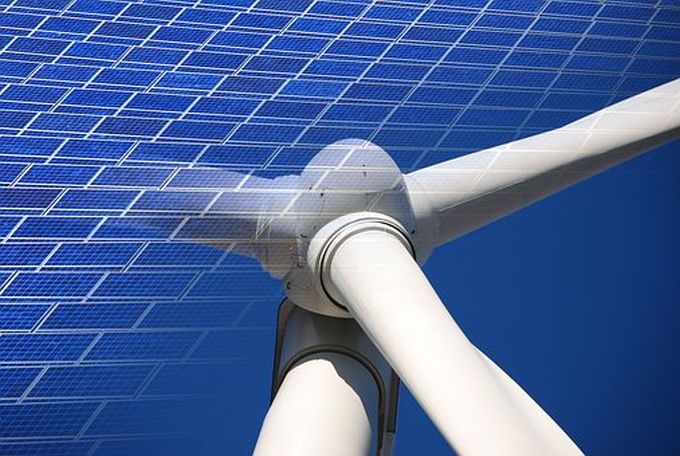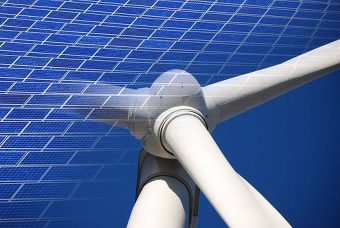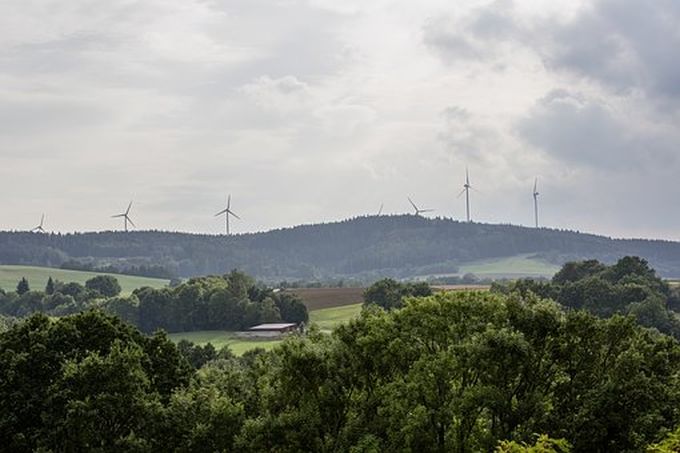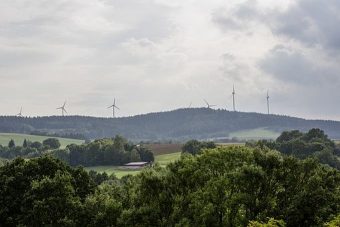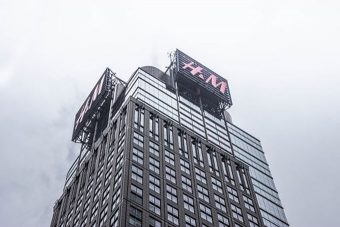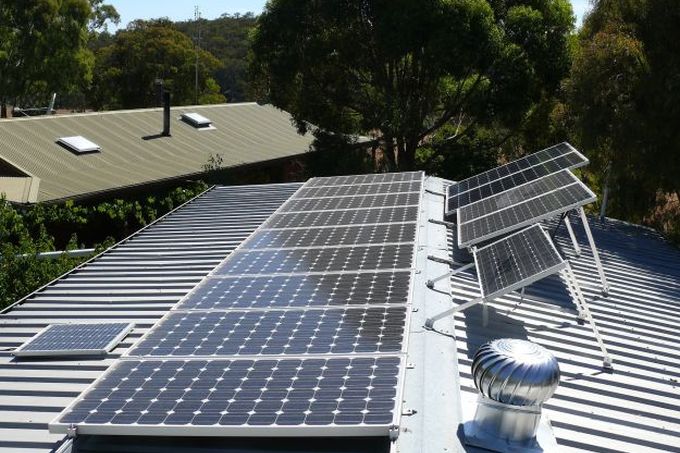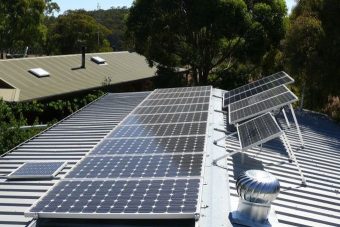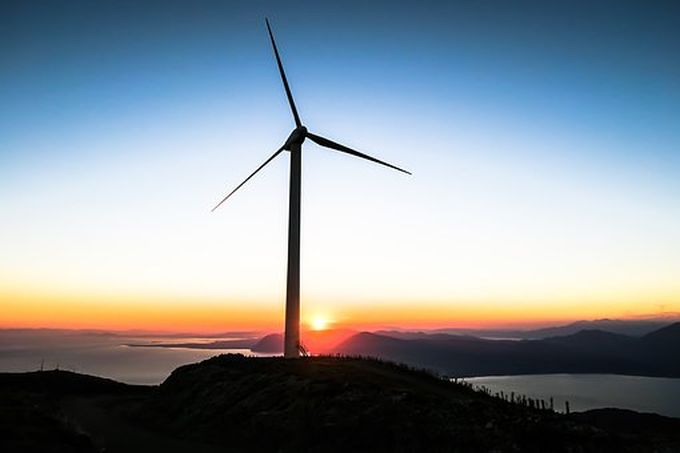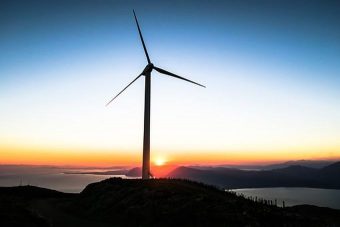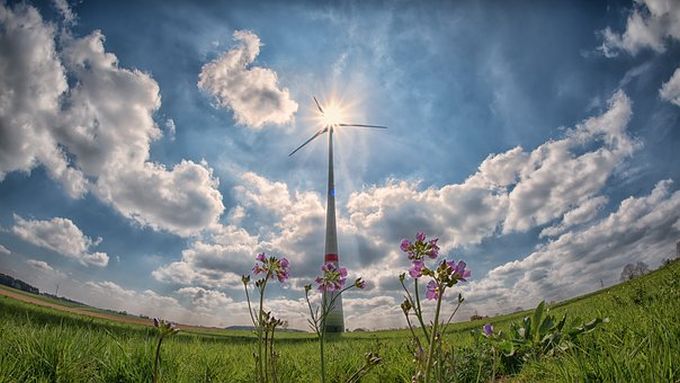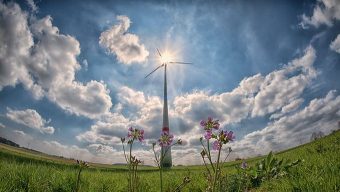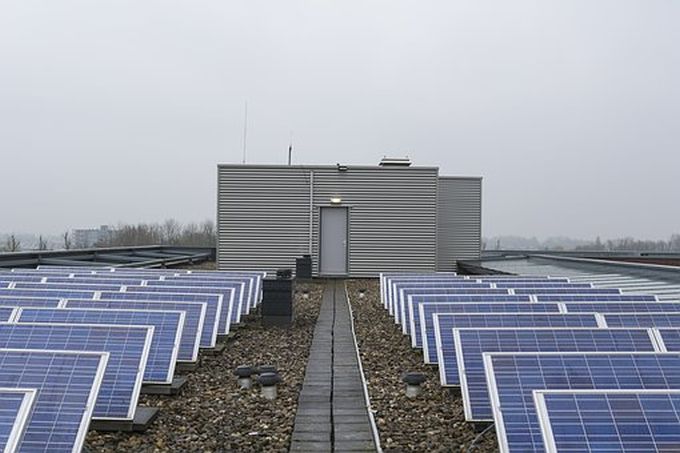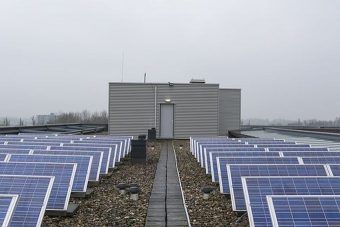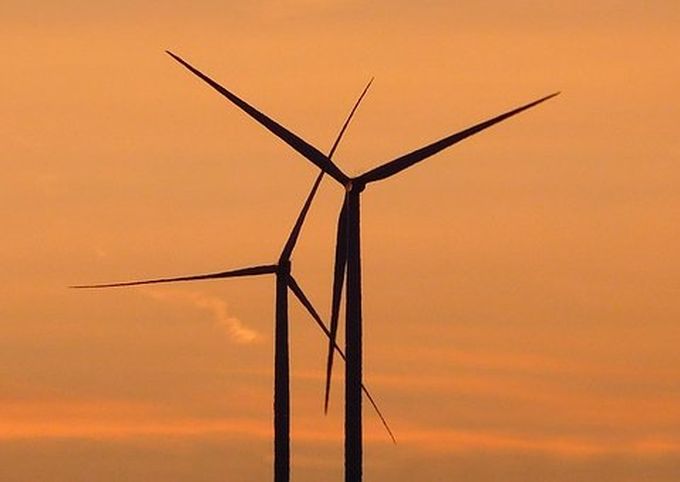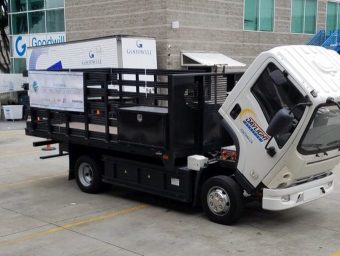
Jamaica is looking to mobilize a substantial investment into its renewable energy sector as it recognizes the global movement towards a low-carbon economy.
Media reports quoting Jamaica’s Minister of Economic Growth and Job Creation Daryl Vaz stated that the Jamaican government is looking to attract $300 million in renewable energy investment in the near-term. The government is planning to develop frameworks to facilitate renewable energy projects across several sectors of the economy.
These frameworks and projects will be developed in such a manner that they conform with the financing provisions and guidelines of the Green Climate Fund. If the Jamaican government could receive project funding from the Green Climate Fund it would be a substantial help towards the country’s aim to meet 20% of its energy demand from clean energy sources by 2030.
Jamaica has seen renewable energy growth at a rather slow pace. It has very few large-scale solar power projects and the net-metering policy was implemented not very long ago.
A 20-megawatt solar power project was commissioned by Florida-based WRB Enterprises last year. The project was allocated through a competitive auction involving more than 20 international companies. The project received $62 million funding from Overseas Private Investment Corporation (OPIC) and the U.S. Government’s Development Finance Institution.
Last year, the Ministry for Science, Energy, and Technology had stated that 150 megawatts of renewable energy capacity would be auctioned. The status of this auction remains unknown.
Another solar power project of 33 megawatts was allocated to Eight Rivers Energy. The project will sell electricity at 8.5¢/kWh when it starts operations next year.
Source: cleantechnica.com


